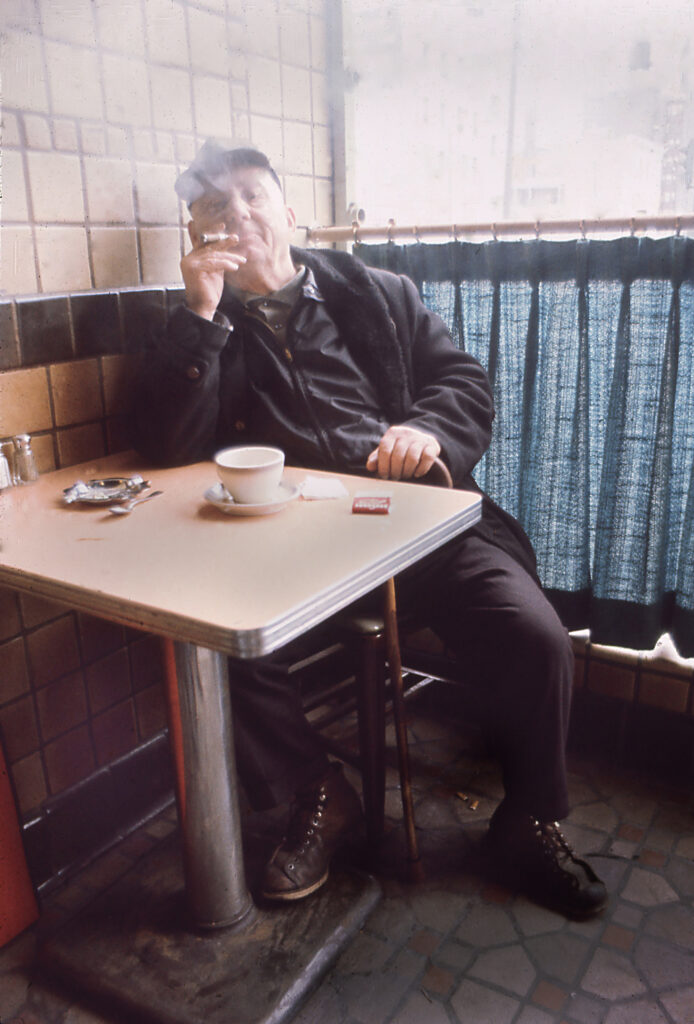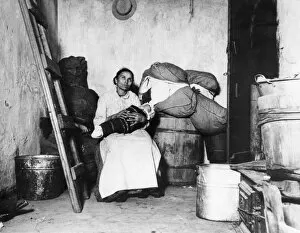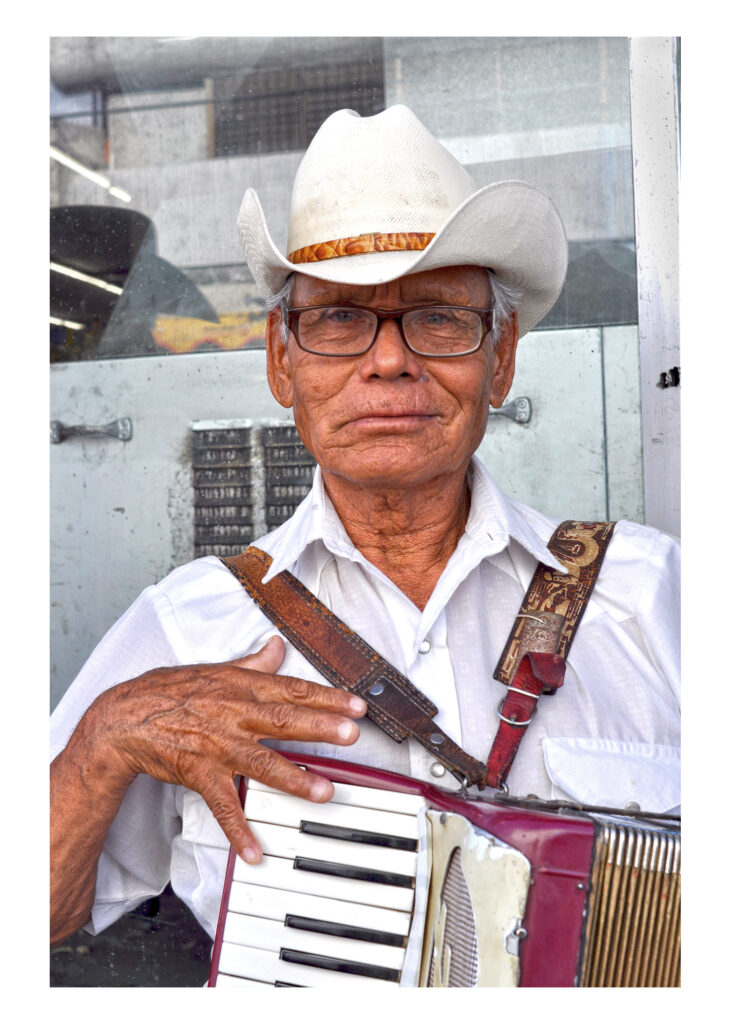OVERVIEW OF DOCUMENTARY PHOTOGRAPHY
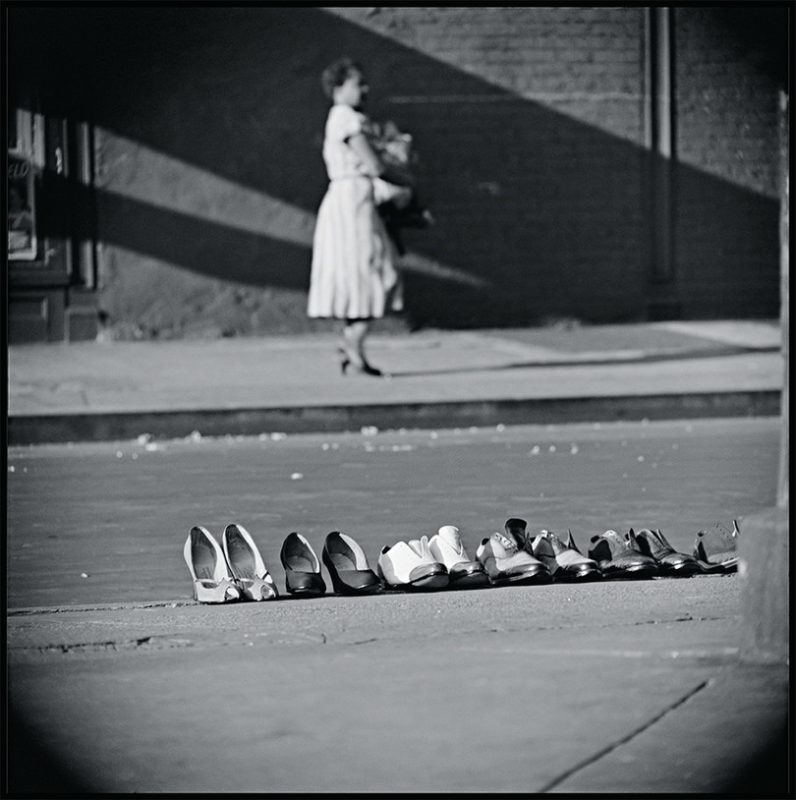
Gordon Parks, Untitled, Harlem, New York, 1952
In the world of journalism, documentary photography has persisted as one of the industry’s most important and impactful mediums since its inception in the 1800s and through the shift to the digital age. Documentary photography is a style of photography which focuses on realistically documenting people, places, and events that often have historic significance. The significance of the content can vary greatly as both photos of American troops storming Normandy Beach during World War 2 and a local battle of the bands show in a small garage can be considered documentary photography sense they both are realistic depictions of an event. Furthermore, documentary photography includes the capturing of mundane life and landscape shots, which often become increasingly important over time as these pictures can show how a person or place has changed or what a day-in-the-life of a certain people was like.
One of the first people to have practiced documentary photography is French-born American Egyptologist John Beasly Greene who photographed ancient ruins in Nubia in the 1850s. Americans made further advancements with documentary photography during the Civil War. Matthew Brady, a portraitist based in New York, led a team of photographers including Timothy O’Sullivan, Alexander Gardner, and George N. Barnard to take pictures on the battlefields of the war beginning in 1861 and ending with the war in 1865. This is considered to be the first well-known American documentary project.
Perhaps the most legendary American documentary project is the photography program of the Farm Security Administration, which ran from 1935 to 1944. During that time, 170,000 photographs were taken by the team of photographers who have since been considered all time greats in photography. This team was comprised of Arthur Rothstein, Theo Jung, Ben Shahn, Walker Evans, Dorothea Lange, Carl Mydans, Russell Lee, Marion Post Wolcott, Jack Delano, John Vachon, John Collier, and led by government official Roy Stryker who had the vision for the project. The FSA was created as a part of the New Deal and its photography project captured a very tumultuous time in America’s history during the end of the Great Depression and before the start of American involvement in the WW2. The purpose of the association was to combat rural poverty, and the pictures sought to document rural poverty. Some of the best American photography came from this project, including Migrant Mother by Dorothea Lange which is universally considered on of the most famous photographs of all time. The FSA photographs are important because of their candid and honest documenting of America’s worst poverty crisis and the political reform that it helped inspire.
Another documentary project with a similarly broad ambition is Documerica, though it did not have nearly as much success as the FSA project. Documerica was a photography program sponsored by the United States Environmental Protection Agency with the purpose of documenting the environment and the effects humans are having on it. In total, an estimated 100 different photographers took about 22,000 pictures for the project from 1972 to 1977. The pictures depicted urban cityscapes, natural landscapes, water pollution, smog, industrial agriculture, rural areas, and people interacting with their environment. Some of the photgraphers include John H. White, Danny Lyon, Yoichi Okamoto, Dennis Cowals, and Charles O’Rear. The significance in Documerica lies in its scope as the EPA was able to get dozens of different photographers from all over the nation to photograph their nearby environments and illustrate how humans are affecting it.
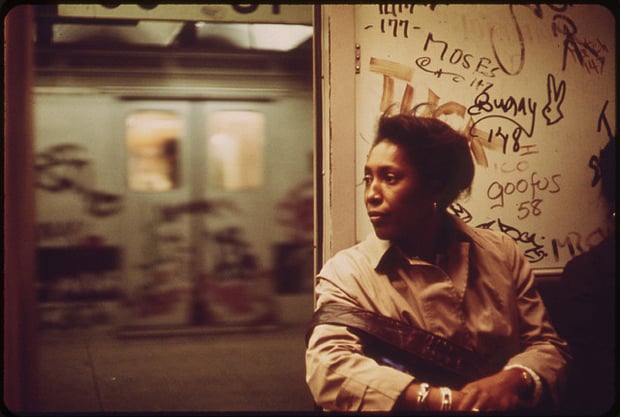
As for individual photographers, Lewis Hine is immensely important in the canon of documentary photography. He was a trained sociologist and used his photography for social reform during the Progressive Era that saw the rise of anti-corporation/pro-human rights sentiments in American activists. Early in his career, 1904 and the years following, he heavily photographed immigrants arriving in Ellis Island, New York. His most noteworthy and impactful photography began in 1908 when he became the photographer for the National Child Labor Committee. Hine would go to industrial plants, often sneaking in, to photograph child labor as it happened. The content of his work made him a menace to corporations, and he was often threatened for exposing their inhumane treatment of workers, children and adults alike. This never stopped him, however, and his work was graphic enough to help enact legal reform with The Fair Labor Standards Act of 1938, which outlawed child labor in the United States, among enacting other humane labor laws. Hine’s legacy is not just defined by his striking and emotional photography, but also the social change that he helped enact with it.

One of the characteristics that help define documentary photography is its historical significance. Throughout the decades, there have been many different photographers who have contributed greatly to photography and brough awareness to a myriad of different issues. In the 1920s, Lewis Hine photographed American industrial workers and their contributions to modern society. In the 1930s, Dorothea Lange photographed the migrants, farmers, and workers left devastated by the Great Depression. In the 1940s, Gordon Parks photographed urban life and highlighted racial disparities. In the 1950s, Vivian Myer anonymously documented the streets of Chicago and her life as a nanny. In the 1960s, Diane Arbus captured marginalized groups of people by getting in close. In the 1970s, Eddie Adams put his life in danger by documenting the Vietnam War. In the 1980s, John Ranard captured life, boxing, and death during the AIDs outbreak. In recent times, Steve McCurry has travelled the world chasing conflict and documenting it.

Sources
